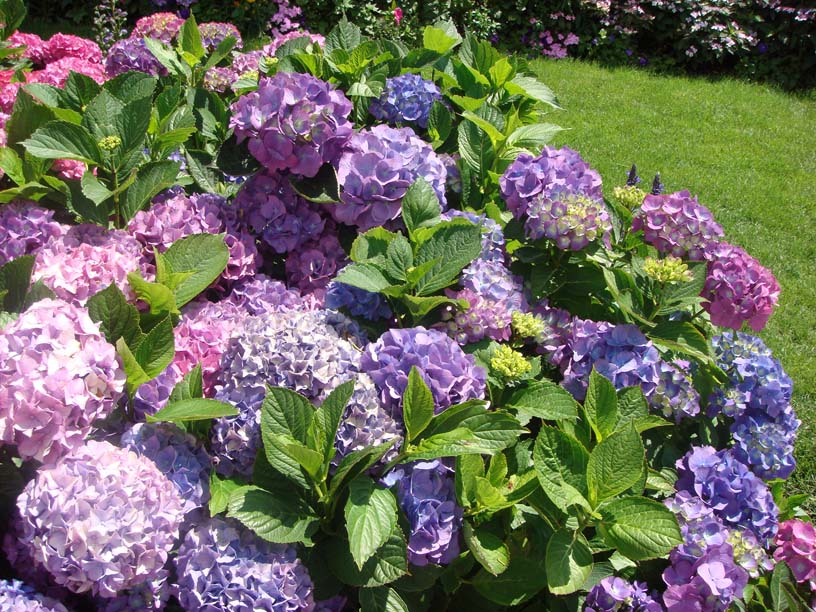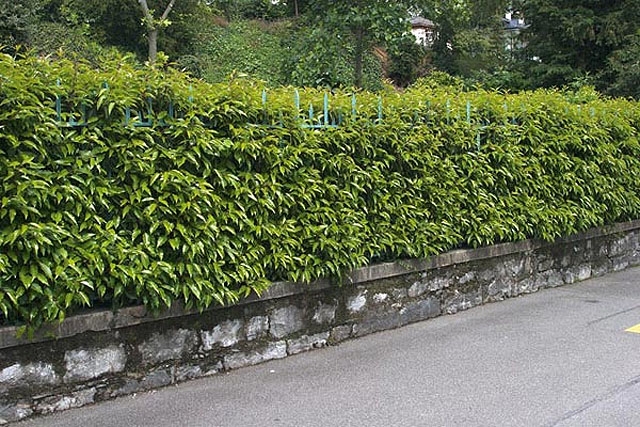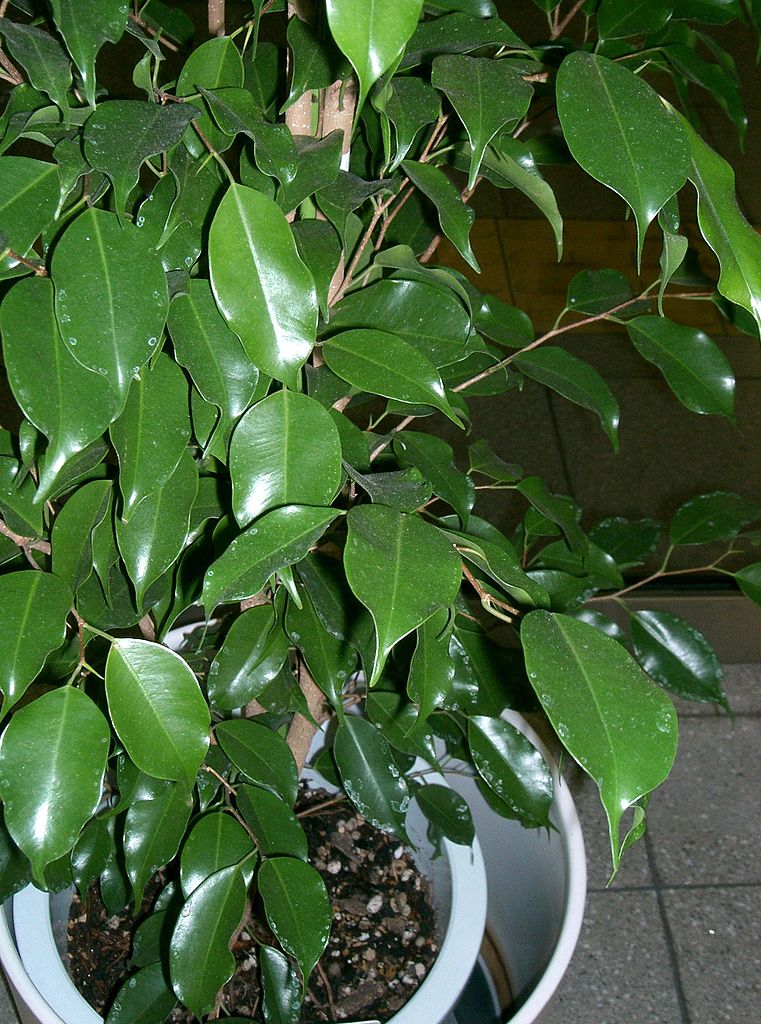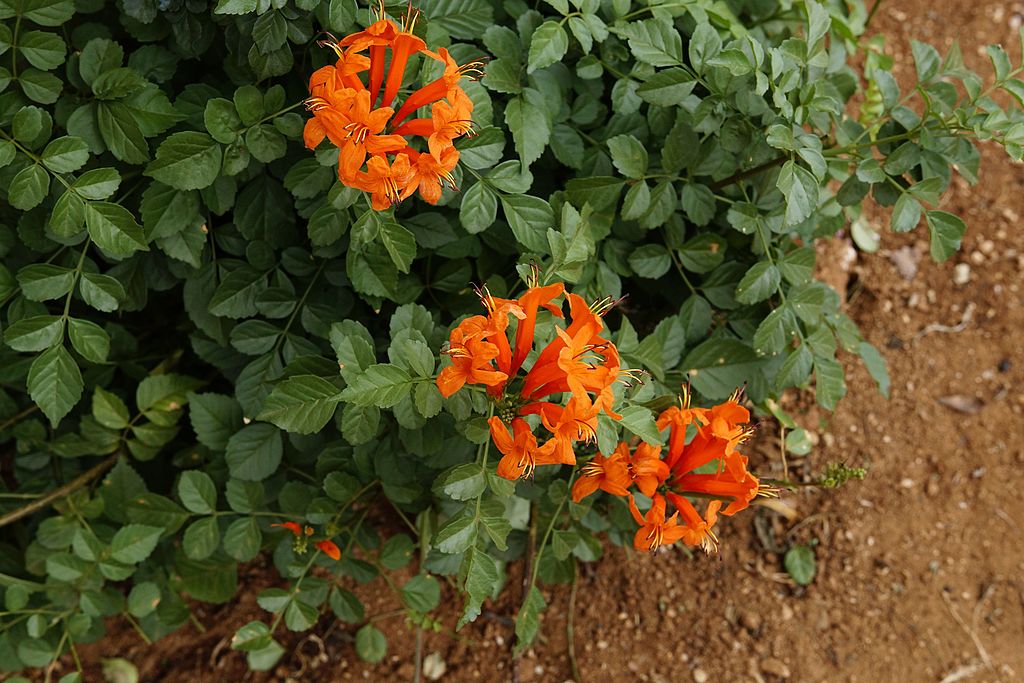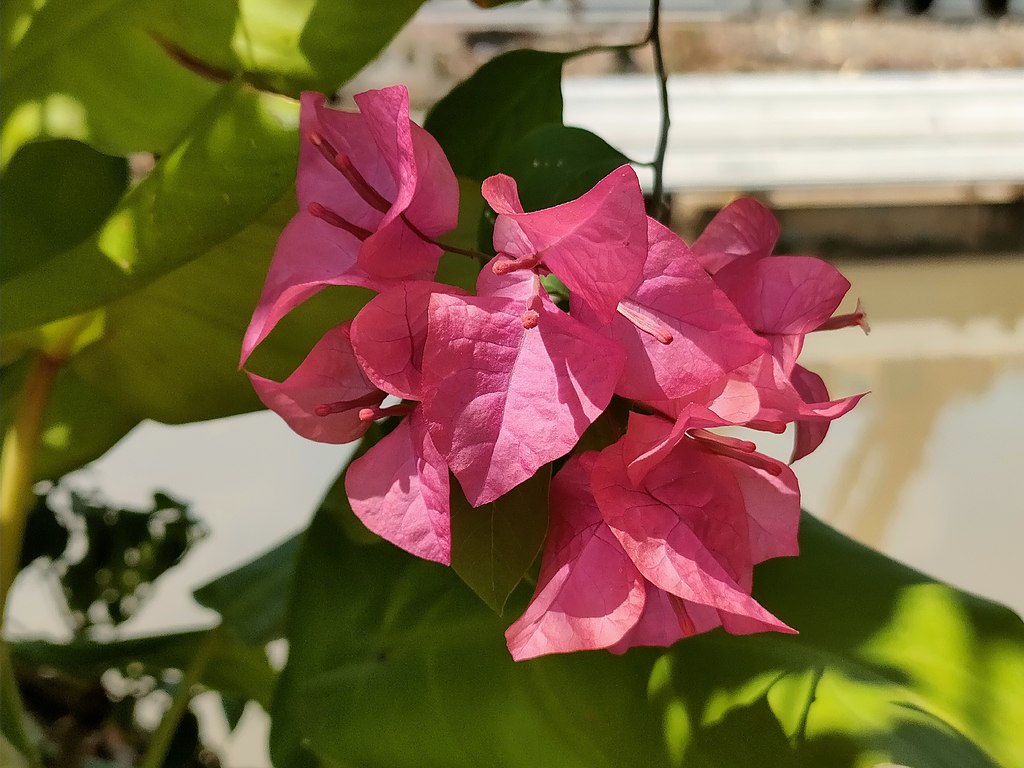Hydrangea is considered a shrub. Blooms in spring and summer. It needs little care as it grows by itself.
It can reach up to 4.5 meters in height. The hydrangea grows quickly and often fills in a space in just one summer.
With flowers starting in spring and often last throughout summer into early fall, hydrangea flowers can be the foundation plant of your landscape.
Their striking flower heads come in a range of shapes, from large balls to cones. The most popular and recognisable types are mophead and lacecap, with large, rounded flower heads in shades of white, blue and pink in summer and autumn.
Hydrangea care
Where to plant Hydrangea – Location and soil
Hydrangeas do best in moist, well-drained soil and dappled shade – not too sunny and not too shady.
The best place to plant hydrangeas is in a sheltered location with sunny mornings and shady afternoons. You often find this on the north or south side of your home. Avoid planting directly underneath trees, which can lead to competition for water and nutrients.
Avoid windy positions. High winds can rip and damage leaves and destroy the flowers.
Hydrangeas will thrive in most soil types, including alkaline and acidic soil. Please note that the pH of the soil will change the colour of the flowers of some varieties. Some hydrangea plants that usually offer pink flowers will appear blue if the soil is acidic.
Hydrangeas grow well in soil containing an abundance of organic material. Good drainage is vital. While hydrangeas like moist soil, they cannot tolerate being waterlogged. Soggy, poor draining soils can cause root rot. In just a few weeks, your hydrangeas can quickly die. If you have heavy soil, consider mixing in plenty of compost prior to planting to improve soil quality.
When to plant Hydrangea
The best time to plant hydrangeas is in spring or autumn, when the soil is warm and moist. You could also plant them in summer but you’ll have to keep an eye on moisture levels in the soil.
Pruning hydrangea
Hydrangea needs pruning every year to develop vigorous vegetation and rich flowering.
The best time to prune hydrangeas is at the end of winter, in February, when the plant is dormant and not yet developing new growth.
Prune hydrangeas several times, leaving two to three buds (the points from which the shoots emerge), measuring from the base and cutting off the top of the plant, as the hydrangea blooms on branches from the current season.
By pruning hydrangea, we remove the plant material that the plant does not need while keeping the plant in a compact and symmetrical form with strong flowering shoots.
The fewer flowering shoots left symmetrically on the plant, the more lush and impressive the resulting hydrangea inflorescences will be to give us beautifully shaped flowers.
Greek name: Ορτανσία, Υδραγγεία.
Sources: https://gilmour.com/hydrangea-care, https://www.gardenersworld.com/how-to/grow-plants/how-to-grow-hydrangeas/
Tags: ORNAMENTAL PLANTS

